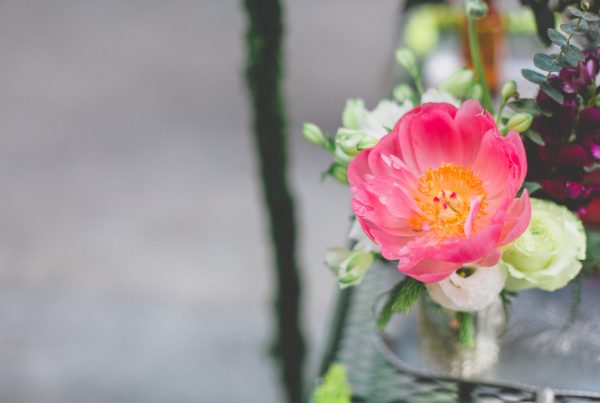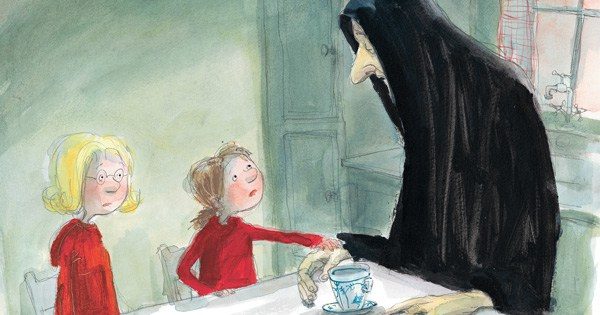We think we are consistent in our affections but we are not. We are fickle. Our love wavers. Everything wavers: our faith, desire, greed, and attention. We say: “I will love you forever.” And: “Nothing in the world is more important to me.” But the truth is that very few people and even fewer things are guaranteed a fixed place in our hearts.
We insist that there is always enough love to go around. But the reality is that our love is lopsided and choosy. There is a ruthless hierarchy to our caring. What was once on top is quickly demoted. A baby is born and the cat or dog we used to adore is now relegated to second-tier status. A plant that flowered lushly grows crispy with neglect.
Nancy Friedland’s sad plants are a measure of our shifting preoccupations and priorities. Look around and you will see that there are many kinds of sad plants: plants from the 50% markdown table, Charlie Brown’s Christmas tree type plants, anemic institutional plants, plastic-wrapped plants that were never truly adopted, shabby plants that came with the apartment, burdensome gift plants that droop with accusation, homely plants that were placed on the radiator and gladly extinguished for their ugliness.
Every sad plant has a pedigree and story. Each one has something to say about our erstwhile aspirations and current failings as mothers, lovers, friends, and keepers of the domestic realm. Who knows precisely why these plants are sad? Who knows what fate awaits them?
We think that plants (and love) cannot be resuscitated but that is untrue. With a little vigilance, even the saddest, limpest plant can be revived. We have all seen it happen: the sickly-looking stalk that suddenly sprouts a perky green leaf, or the dessicated succulent resurrected with a bit of water and sunlight.
It turns out there are second chances. There is hope for even those of us with blundering hands and clumsy hearts. Pay attention and you’ll hear sad plants in your home and office asking: what do you want to do about that love of yours? Really. Just stop and listen. All this time we thought we were talking to them, they were actually talking to us.
(A text I wrote for my friend’s upcoming exhibition. Please click the invite below for more details.)





